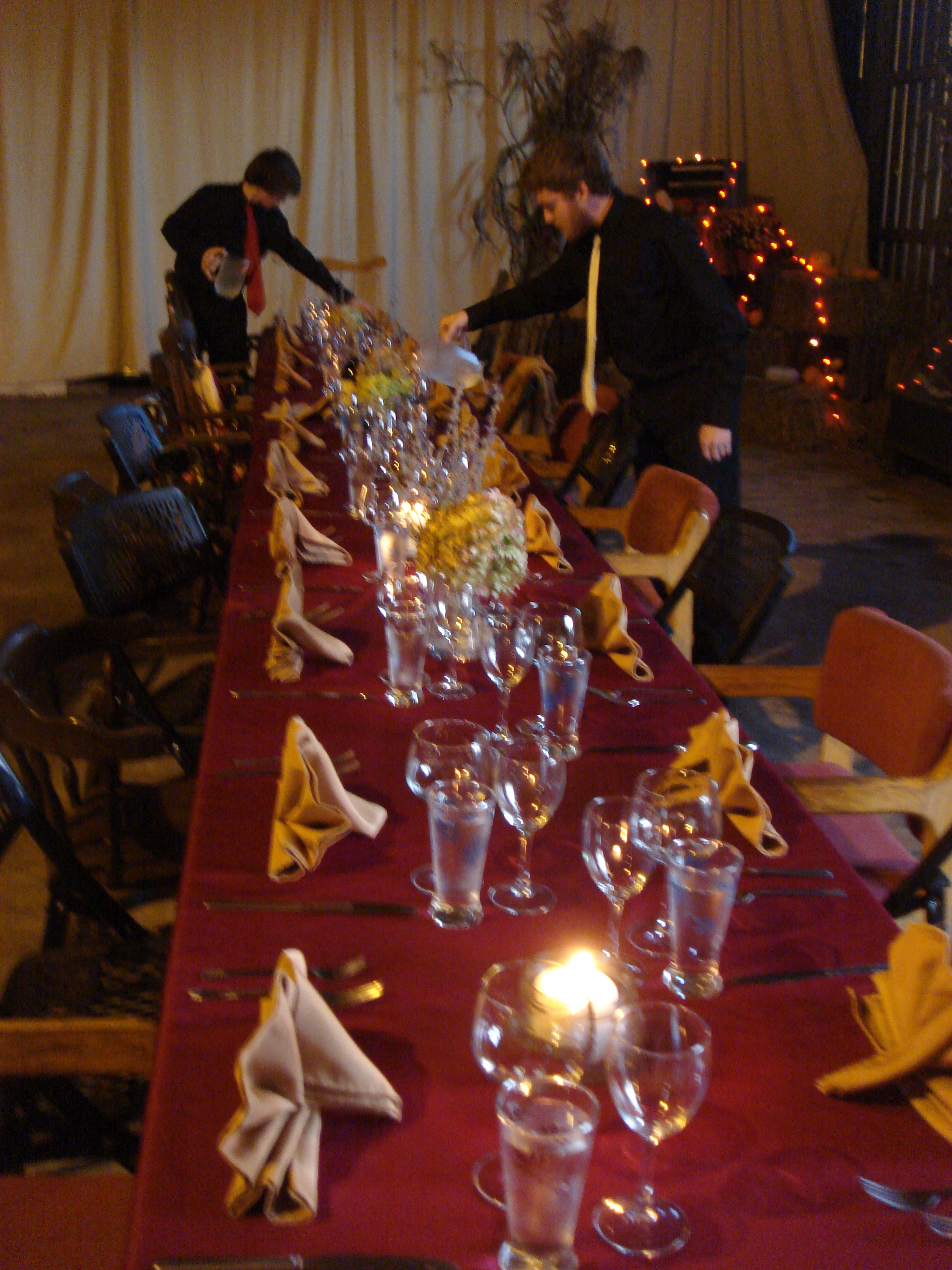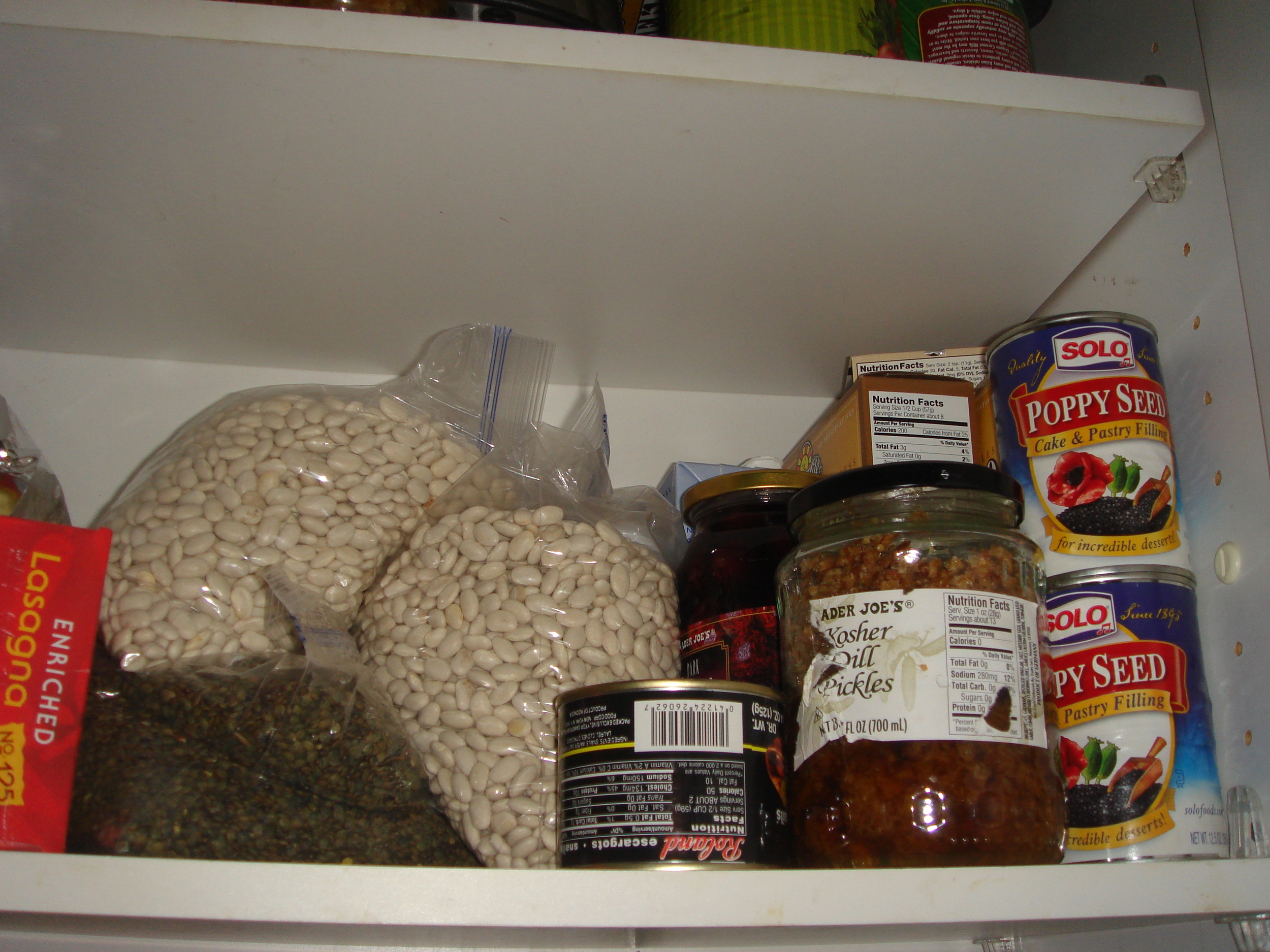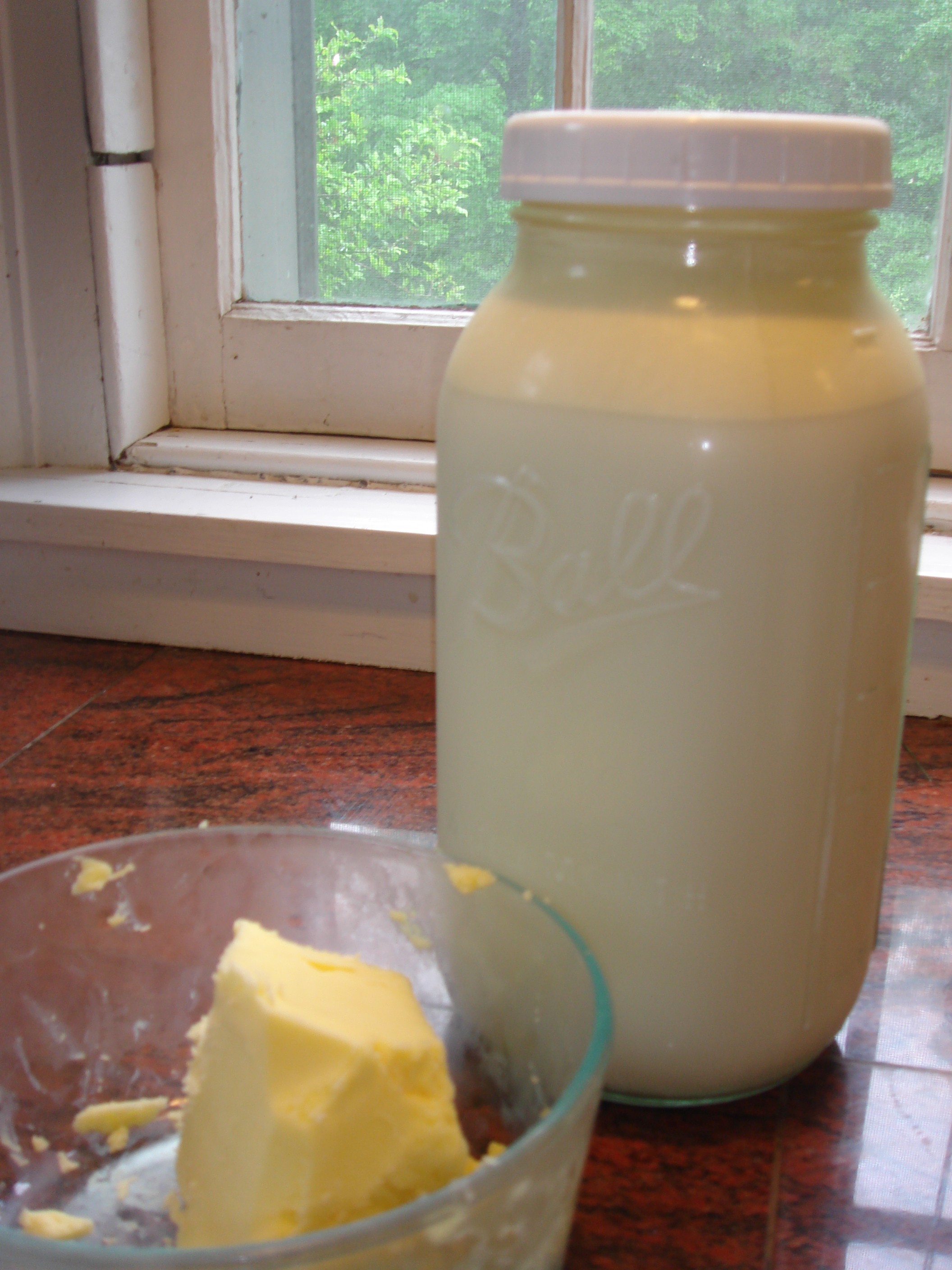You may have read food critic Michael Pollan's famous food slogans to "eat food, not too much, mostly plants," and to eat only "what your great-grandmother would have recognized as food." This excludes of course all the processed bad-for-you convenience foods, and basically recommends making your own out of a few good base ingredients. Some people really don't like to cook, the way I don't really like to garden. They don't connect with the creative act of manipulating raw ingredients and making magic out of it, although they may be creative elsewhere in life.
So for all of you who don't like to cook, here are some really simple tricks to make something delicious out of nothing much in mere minutes. Some of the simplest and most wholesome homemade foods are of the dippy kind - the stuff you can scoop up with chips, raw or semi-cooked vegetables (crudités in French), a piece of toasted bread or pita or toasted tortilla. They don't even require cooking.
Hummus and bean dips - put cooked chickpeas or beans into your food processor with some tahini (sesame seed paste), lemon juice, garlic and salt, a bit of olive oil if you like, and some water for thinning. Voilà - hummus, the Middle Eastern specialty. You could omit the tahini and add rosemary or oven roasted garlic to cooked beans or lentils, you could add sun dried tomatoes or roasted peppers to the hummus, or anything else that strikes your creative fancy (perhaps herbs, cumin, or chili to add heat).
Guacamole is mushed up ripe avocado with some lemon juice, salt and a bit of chopped tomato, nothing more.
Pesto is simply a whole lot of basil leaves processed in the food processor over a base of a bit of cheese (parmesan or pecorino), a few nuts (the traditional pine nuts are expensive; walnuts work fine, I often use sunflower seeds), a bit of garlic and salt, and then enough olive oil to bind it all together. That's it. Delicious on pasta, a sandwich, pizza, a slice of toasted bread, a raw sliced tomato, keep on dreaming.....
Liptauer is an easy spread I remember from my German childhood. It is simply Greek yogurt (now that it's so easily available) or fresh farmer cheese with some paprika (smoked is yummy), caraway seeds and salt folded in. So easy. Great as a spread on some crisp bread (quick and healthy snack), a dip for raw vegetables or chips, or just as is by the spoonful (for breakfast or snack).













